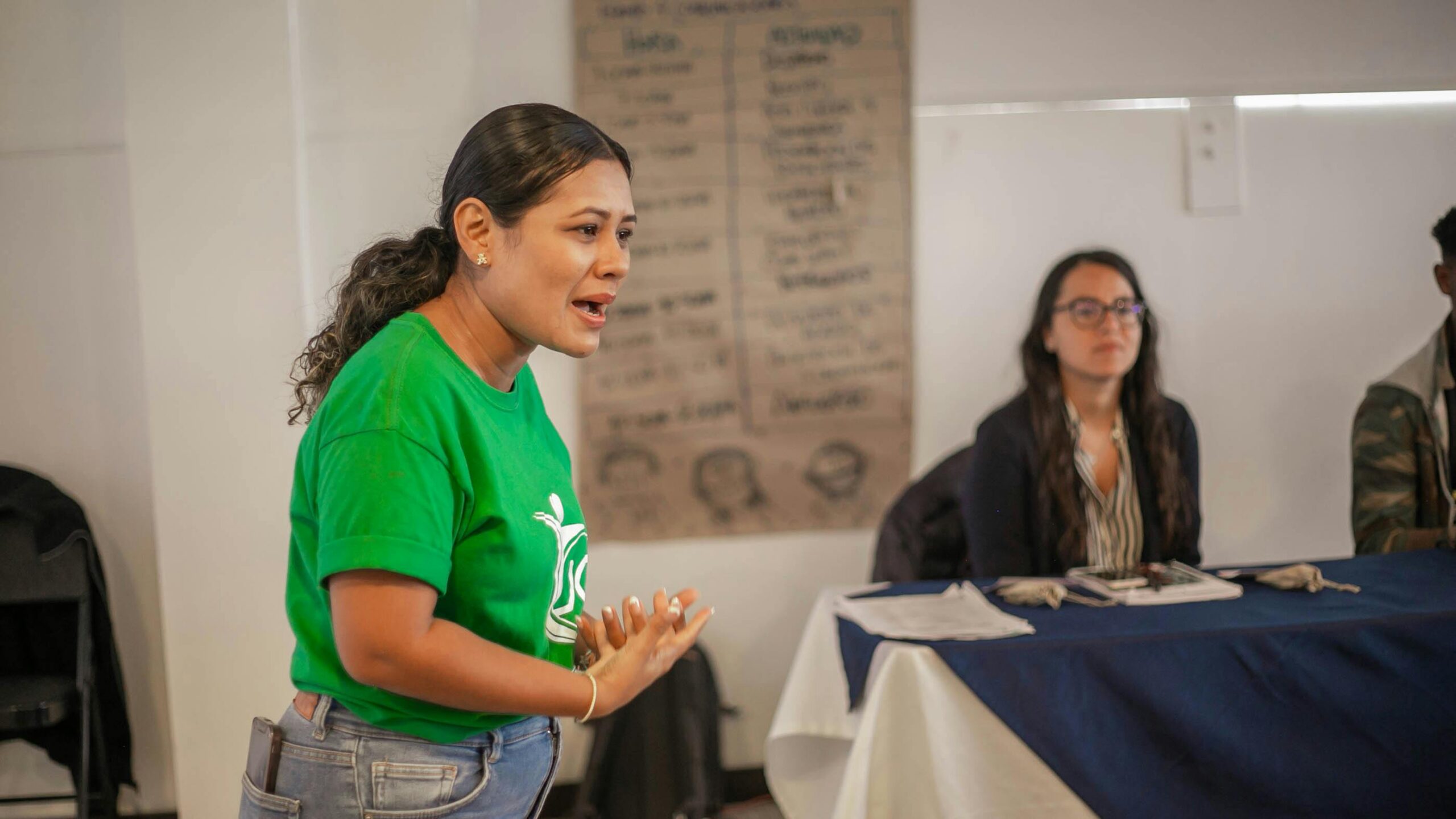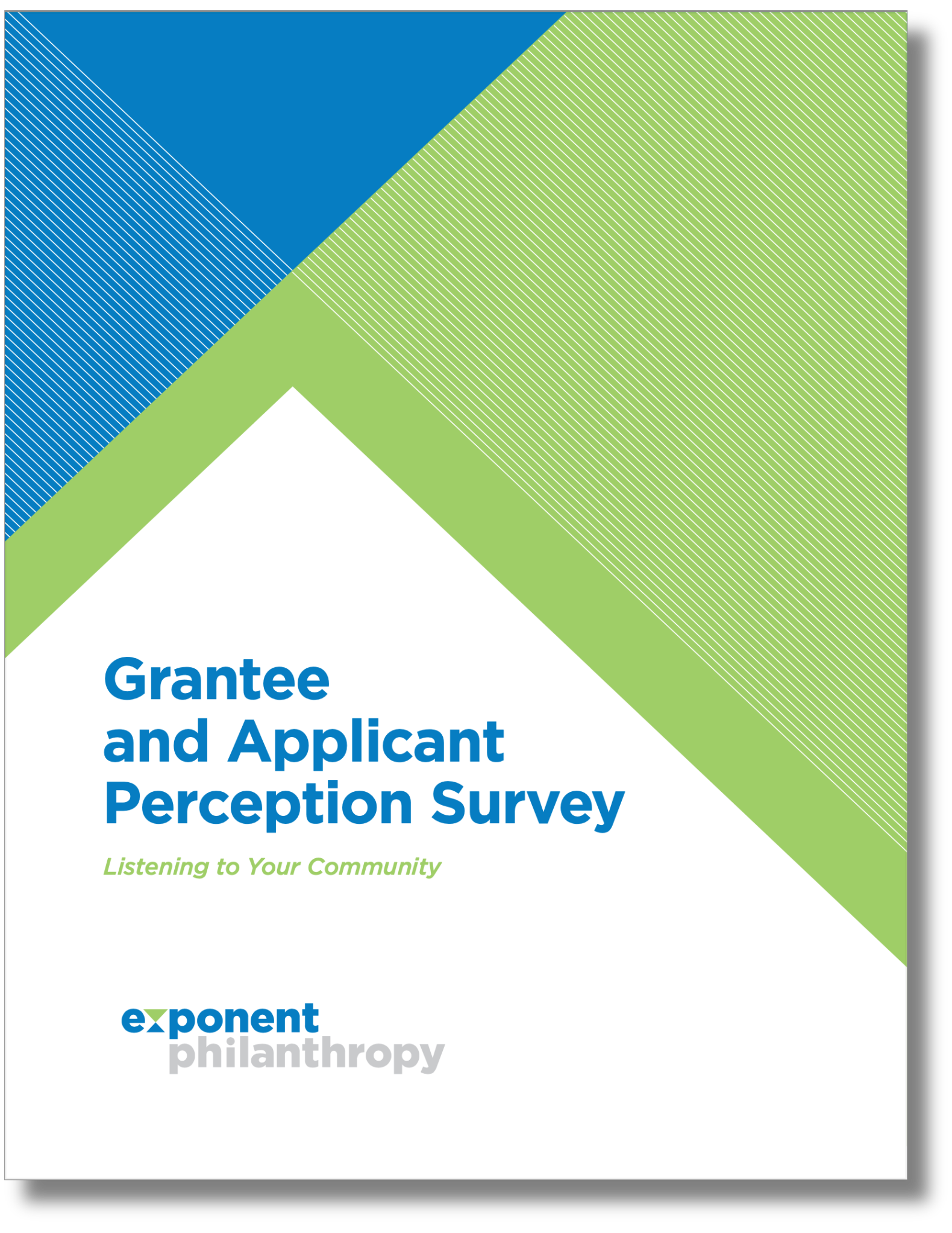
Grant applications are an important touchpoint for nonprofits and grantmakers alike. Recently, Blackbaud has been taking a hard look at the modern grantee experience for those who use our portal for grant applications. We wanted to know if the grantee portal afforded our funder clients the flexibility to get the information they needed, while also respecting the time and resources of the nonprofits they serve.
As part of this reflection, we set out to understand what modern grantmakers and grantees need from a grant application. After talking with grant writers and those submitting grant applications, we came away with several ways to streamline the experience saving time for both grantees and funders.
Rethinking the Modern Grantee Experience
A number of conversations are happening in the field around the application experience. We used these important discussions to inform how we approached the grantee experience.
Catalytic Leadership in Philanthropy (CLIP)
When funders shift to a catalytic mindset, they deemphasize paperwork and focus instead on developing relationships with grantees and members of the community. Streamlining the foundation’s processes and shifting due diligence from grantees to the funder can free up time for both funders and grantees. Reallocating this time to focus on relationships by scanning the landscape, engaging constituents in the grantmaking process, and convening and connecting with grantees is crucial to CLIP.
Trust-Based Philanthropy
The idea of a power imbalance in philanthropy has been bubbling up for years. In the past few, we’re starting to see guidelines, like the Trust-Based Philanthropy Project’s principles, for funders to refocus their funding from a place of trust instead of risk. From an application standpoint, this requires a focus on the relationship between the funder and grantee, and not requiring applicants to enter information the funder already knows or can easily find. The push for grantees knowing best how to use funds more effectively will drive the need for applications that focus on multiyear support.
Equity and Inclusion
After years of incorporating equity, diversity, and inclusion, grantmaking organizations are taking a closer look at the type of information they need—and what they don’t—to be more equitable in their grantmaking. Applications need to gather information about representation and program reach, without being too onerous on under-resourced nonprofits. At the same time, these nonprofits are often led by or work with underrepresented and marginalized groups.
Fix the Form
In 2020, a deep-dive into reviews on GrantAdvisor revealed that the application process for many funders was unnecessarily time-intensive and complicated. The organizers behind the #FixtheForm movement outlined many of the barriers that made applications so frustrating. They encouraged funders to remove technical hurdles that took unnecessary time, such as not being able to see the entire form or not being able to save their progress.
Generative AI
While the impacts of generative AI tools are evolving, there are opportunities when it comes to the application process, such as providing tools to make it easier to summarize programs. We continue to watch this tool to understand if and where it might make sense for nonprofits to use generative AI as part of the application process to support timesaving use cases.
Focusing on the Grant Writer
While input from our clients is important, we also wanted to understand the perspective of those filling out applications—the grant writer. We spoke with grant writers to better understand the complexities of the process and learned how varied and time-intensive it could be.
Through a variety of interviews and surveys, we learned that grant writers are consummate multi-taskers. They are often working on multiple grant applications at one time. Part of that is because a lot of research goes into each application. Grant writers do research on the front-end to make sure it’s a good fit for the nonprofit, as well as doing research throughout to identify grant-specific best practices.
Of course, most applications are slightly different. Even if the questions are similar, there may be different word count requirements or slight variations that necessitate editing. Most applications are online, but some are still paper based, especially for smaller grantmaking organizations. Also, it’s a year-round process. Once one application is done, another opportunity fills the space.
How Streamlining Helps Funders
Doing this work doesn’t just help the grantee. Focusing on the grantee’s experience can increase clarity around the application process, help grantees understand if they are a good fit faster, and promote more complete applications. With this transparency, grantees will have fewer questions during the process, and fewer inquiries for your staff to manage. More streamlined processes mean more applications arrive complete to provide grantmakers more time for meaningful engagement with grantees.
How This Affects Blackbaud’s Approach
It was clear our grantee portal needed a refresh, and it was important to us to take a holistic approach. Using what we learned from the conversations in the philanthropic space, our interviews, and our focus groups with clients, we created a plan to incorporate this feedback into our grants management software.
- Help grantees save time with streamlined applications that they can see all at once.
- Provide tools so applicants can stay organized with deadlines and application status.
- Increase opportunities for collaboration before, during, and after the application is submitted.
We are actively finding the best ways to realize these learnings within the platform and are excited to share some of these updates with clients later in 2023.
Creating a Good Grant Application
While we reflect on the platform we provide for applications, we also encourage all funders to look at what they are asking grantees through their application process. Spend time reviewing your grant application to make sure you are only asking for the information you need, and that it is as clear and accessible as possible. As Tonia Wellons, the President and CEO of the Greater Washington Community Foundation, said during one of our webinars,“Simple applications well-considered can help you make rapid decisions.”
Get Feedback
 Exponent Philanthropy’s Grantee and Applicant Perception Survey (GAPS) offers foundations a way to gather feedback from grantees and applicants on their processes, communication, and impact. The survey includes both multiple-choice and open-ended questions, allowing foundations to assess key areas like responsiveness, clarity, fairness, and collaboration. Learn more »
Exponent Philanthropy’s Grantee and Applicant Perception Survey (GAPS) offers foundations a way to gather feedback from grantees and applicants on their processes, communication, and impact. The survey includes both multiple-choice and open-ended questions, allowing foundations to assess key areas like responsiveness, clarity, fairness, and collaboration. Learn more »
Have You Registered for the Annual Conference?
See the Full Conference Agenda »About the Author
Brenda Noiseux is a senior product manager for Blackbaud Grantmaking where she is leading the new applicant and grantee experience work.

